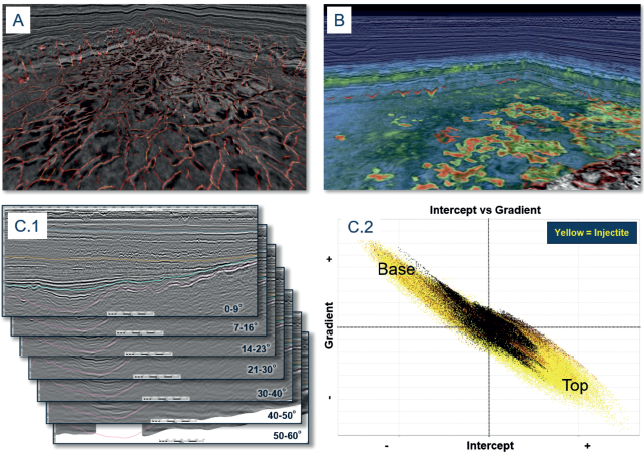First Published: First Break, Vol. 39, October 2021
By Sindre Jansen1*, Adriana Citlali Ramirez1, David Went1 and Bezhad Alaei2 (1TGS, 2ESA)
TGS and Earth Science Analytics demonstrate the benefits of using angle-rich, full-amizuth OBN data, and machine learning in the South Viking Graben.
The first example of artificial intelligence (AI) geological interpretation on a large scale, densely sampled ocean bottom node (OBN) exploration dataset, Utsira OBN, is presented
here. This entirely new suite of derivative seismic products provides enhanced exploration insights through AI, especially in areas where infrastructure led exploration (ILX) is drawing increased focus from the E&P industry. This work is complemented with a velocity model built with the latest processing technology: ultra-long offset and reflection FWI combined with tomography and anisotropy updates. The toolboxes, processing versus AI/ML, do not exclude or replace each other; a combined analysis can extract added value and reduce uncertainties. Such analysis is presented in this paper.

Modelled faults (A), injectites (B, red) overlain DM FWI velocity model, Utsira OBN angle stacks (C.1) and intercept versus gradient plot of modelled injectites (C.2).
Download the full article using the link at the top of this page.

